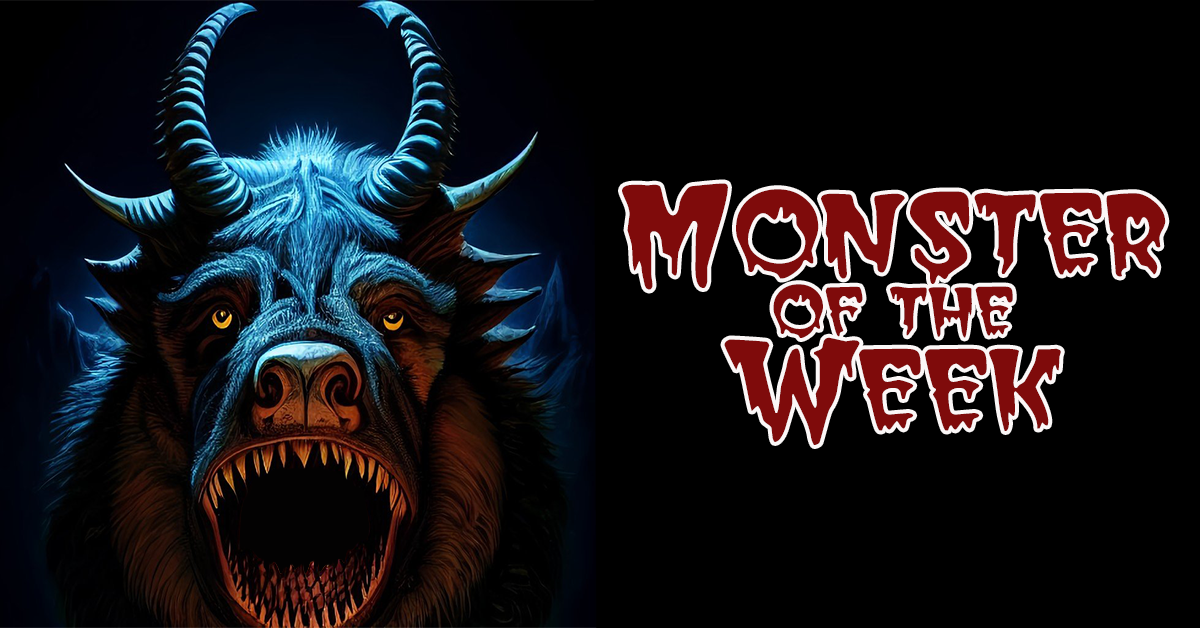We may earn money or products from the companies mentioned in this post.
As an author, co-author, or contributor to twenty-something RPG books and publisher of something like 50, I’m very familiar with introductory filler. Sometimes you can just jump right into the actual content, but other times you have to put some words in between the chapter title and the first header even if there’s nothing to say. If I just started this post talking about Barbarians, it would be weird. The same would apply to the Classes chapter of the new PHB, which is why it starts off with some of the most fillery filler to ever fill.
It’s kind of a weird choice since they started the race chapter with an overview of the format for the entries. Doing this here would have parallelled the previous chapter more closely and would actually be useful. Some of the entries were kind of covered in the character creation chapter, but after all those race entries a refresher would have been nice. It also would have given them a chance to introduce the things at the end of each class description that are basically the class version of sub-races. Since all of these seem to have different names (“Primal Paths” for Barbarians, “Sacred Oaths” for Paladins, etc.), maybe they left out any up-front explanation or mention of them because they couldn’t think of a good collective name. I realize “Kits” was kind of a dumb name, but at least it gives you a word to use when you need to talk about them. Instead, we’re just kind of thrown into things after some completely meaningless filler just long enough to fill the part of the first page not taken up by the table of “At A Glance” class information.
Since I don’t want the classes section of this review to take up 20 posts, I’m going to stick to a short overview for each class and some bullet points highlighting the most interesting/confounding bits.
Barbarians
Not to suggest that the 5E version of the Barbarian is a one-note character (even by D&D class standards), but they use the word “rage” six times in an introduction that can’t be much more than 500 words. If you add direct synonyms like “anger” or “fury”, it jumps to 13, and that’s still ignoring all the snarling, frothing, frenzies, and seas of turmoil. These guys are not happy campers.
- All Barbarians start with 4 javelins. I’ve never really thought of the javelin as a defining Barbarian weapon, but there you go.
- The Kits are apparently class features, so at least they’re introduced (in the class features list) before you get to them. I take back some of the second paragraph.
- Ability Score Improvement: “As normal, you can’t increase an ability score above 20 using this feature.” This has in no way been established as normal so far in the book, but it may answer my question about maximum ability scores from the first chapter. It depends on whether “normal” is not being able to have ability scores above 20 or if “normal” is not being able to use the ability bonuses you get at higher levels to raise an ability above 20. I expect they’ll clarify further in the spell description for Leomund’s Swingin’ Bachelor Pad or somewhere equally appropriate.
- Primal Champion: “Your maximum for those scores is now 24.” Well, shit.
- The Primal Paths are basically “Berserker” and “Has a Spirit Animal.” In a couple of places Barbarians gain the ability to use a spell “but only as a ritual.” This intrigues me, but I won’t get to find out more until Chapter 10, which at this rate I’ll get to around the time 7th edition comes out. Not sure the bullet list plan is working.
- By the end of the 5-page entry (which includes just under 2 pages worth of illustrations), they’ve used the word “rage” 44 times (56 if you count direct synonyms; way more if I’d included related words like “brutal,” “fierce,” etc.).
- Still just a rat in a cage.
Bards
I’ve played a lot of Bards in my life, but it’s more because I like the idea of Bards than because I like the Bard Class. Don’t get me wrong: Bards have come a long way since the “Prestige Class before there were Prestige Classes” of First Edition, but the Class has never quite Fflewddured the old Fflam the way it should. Maybe 5th time’s the charm.
- Each class entry starts off with 3 very brief descriptions of members of the class doing something and all three Bards sound like they’re Hobomancers tapping into the power of the Songlines. So good start.
- Every time they use the phrase “In the worlds of D&D,” (which happens a lot) I substitute “In the realm of Dungeons & Dragons.” I’m a traditionalist.
- “Bards say that the multiverse was spoken into existence, that words of the gods gave it shape, and that echoes of these primordial Words of Creation still resound throughout the cosmos.” Songlines.
- “Only rarely do bards settle in one place for long, and their natural desire to travel…” Kinda like hobos?
- The rules for Bards aren’t all that different from 2nd and 3rd Edition, but the changes that have been made mostly seem good. The two Bard Colleges (Kit-like things) are basically Lore/Politics Bard and Battle Bard.
- Despite there not being any earth-shattering rules changes, I really like the conceptual changes, in particular the whole “primordial power of music” thing. It really does make Bards sound a lot like Hobomancers.

Cleric
This entry opens with glowing elves. Nowhere to go but up, right?
- It’s explicitly established here that there are priests who aren’t clerics, but that’s got to be a short-lived career in most cases. Being a priest without powers has to make you feel underappreciated and might even cause a crisis of faith. I’ve got a feeling those guys move on to other things pretty quickly. I bet a lot of them even start worshipping enemy gods out of spite, kind of like how kids brought up in fundamentalist Christians homes become Wiccans or Buddhists or whatever in college. “Hey Paladine, remember how you wouldn’t give me any spells? Well Takhisis gave me spells, a bunch of Llewellyn Press books, AND Nine Inch Nails tickets!”
- A 20th Level Cleric gets one divine intervention a week. That seems powerful.
- Clerics choose a Divine Domain as the Kit-like thing. The domains (Knowledge, Life, Light, Nature, Tempest, Trickery, and War) are kind of a lightweight version of Specialty Priests from earlier editions. They give you some extra spells that are always available and a special powers as you gain levels.
 Psychometry!
Psychometry!- “Once on each of your turns when you hit a creature with a weapon attack…” is torturous phrasing. I think it’s saying that the cleric can get the bonus on one attack per turn.
- “In some pantheons, a god of this domain rules over other deities and is known for swift justice delivered by thunderbolts.” That seems like an awfully specific general case.
Ok, that’s 3 out of 12. So worst case, 3 more of these and we’ll be into the chapters that I can probably cover in one post each. This review might very well be finished by the end of the year instead of the end of the universe. By the way, if you like dungeon-related stuff, check out Josh Burnett’s new Dungeon Crawl Classics zine, Crepuscular.
Next Week: Druids On Parade!






